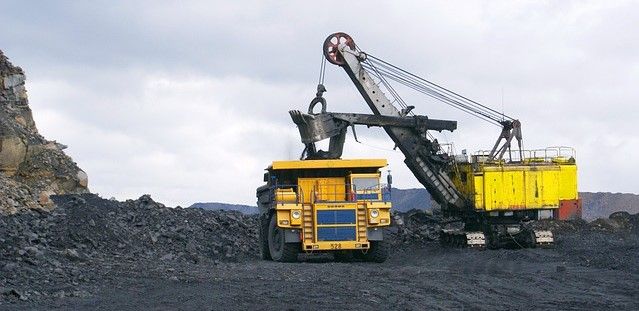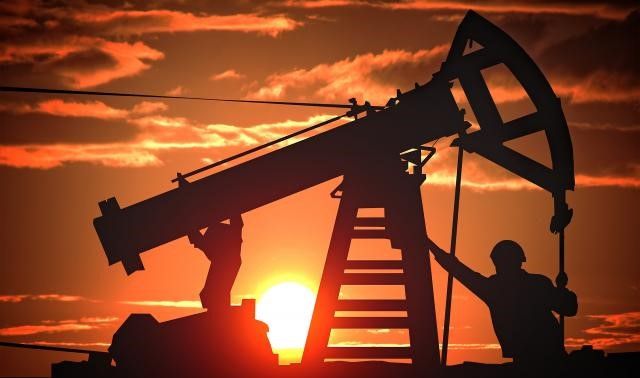The price of raw materials is stabilising, and in many places even falling. That is the conclusion from an across-the-board examination of commodities, input costs, and feedstocks from a broad section of the economy.
This will be good news for the global economy which is struggling to manage double digit inflation. Consumers will also appreciate an end to the constant increases in goods. This is especially true for less poorer nation as where price hikes in even the most basic products, such as food stuffs and fuel have caused increases in poverty. Manufacturers will also be glad to see stability in their supply chains and more stable costs to allow them to budget and set prices accordingly.

The Current State of Raw Material Prices
Commodity experts from the CRU group were already suggesting that prices had reached the peak of their cycle in early 2022. However, Russia’s invasion of Ukraine caused further turbulence to markets that were still reeling from the shock of COVID 19.
Today, as the world economy slows, raw material costs are declining and are expected to further stabilize throughout 2023.
For example, metal prices in Korea (a major exporter of electronic goods and a supplier to China) have showed significant drops since the beginning of the year according to the Korea Mine Rehabilitation and Mineral Resources Corporation. Although prices still remain high, with the report stating that, “The Korea Mineral Resource Information Service (Komis), the mineral price index of the 15 most in demand minerals in Korea, was 3,437.03 as of Wednesday — high compared to a year ago when it stood at 2,858.53.”

Downward Price Pressure
Yet industry analysts believe that these prices will soon fall due to a slowdown in the global economy. For example, the IMF has lowered its forecast for global growth to 2.7%, highlighting how one third of the total economy will contract over the next 18 months.
This is a direct consequence of high interest rates (as countries struggle to get inflation under control) and fears over a return of COVID (especially in China).
The World Bank has also highlighted prices drops in several key raw materials. Noting that, “Cotton prices plunged more than 20% in the third quarter of 2022 (q/q) and continued to slide in the fourth quarter. [While] Natural rubber prices, which declined 12% in the 2022Q3 (q/q), reached $US1.29/kg in November, a two-year low. A result of sluggish demand in rubber markets coupled with strong output.”
The World Bank’s Agriculture Raw Material Price Index has also fallen, dropping by more than 15% since the start of 2022.
That said there remains uncertainty over where raw material prices are heading for the remainder of 2023.
What the Future Holds for Raw Material Prices.
The ongoing war in Ukraine, embargoes on Russian goods, uncertainty in energy markets, and disrupted trade across the Black Sea, will all put upward pressure on raw material prices.
The question is whether those influences will outweigh sluggish economic activity in developed economies.

Most likely is that the situation will vary greatly from sector to sector. Many food stuffs and agricultural input commodities, for example, are highly dependent on Ukrainian and Russian suppliers, and so prices of wheat, cooking oil, and fertilizers may all increase.
Base metals, also dependent on exports from Russia and Ukraine, may also rise, especially if the construction markets in China and South-East Asia expand as predicted.

An elevated oil price may also keep production and feedstock prices high. With analysts at Economist Intelligence expecting, “… oil prices to average about US$85/b in 2023 as OPEC production (including Russia) falls by about 3m barrels/day from its recent peak in late 2022.” Advising that, “OPEC unity and commitment to lower production quotas in the face of pressure from Western countries should be watched in 2023.”
Their report further states that there is no predicted “easing of European and US natural gas prices from current levels before 2024. Russian gas supplies to the EU will remain cut off, keeping prices elevated in 2023. As a result, increased global demand for LNG will boost US natural gas prices and sustain higher LNG contract prices, which will fall only moderately in 2023.”

However, all forecasts are highly susceptible to unknown events. These include:
· Progress in the Russia/Ukraine war. Will a peace settlement be found, will Ukrainian production be able to return to normal, will India and China continue to benefit from cheaper Russian exports?
· COVID. Will the pandemic return and if so, how will governments react? China’s continuation of a zero-covid policy has come under sustained public pressure and may or may not be abandoned.
· The Weather. Energy prices are naturally influenced by how cold this winter and next will be. A big freeze over the coming months would prove a major shock to gas markets, with the knock-on effect of forcing oil above $100 a barrel.
· China’s Construction Industry. Concerns remain over the unstable financing of China’s housing boom, as small investors demand action over a system that often seems built like a house of cards. If it does collapse, the shock across this sector, a major market for raw materials such as plastic and concrete, as well as the wider Asian economy will be enormous.
At present, the battle for most businesses is to maintain stability in feedstock prices and therefore stabilise product prices to allow a return to pre-pandemic normal. The challenge is that these unknowns may continue to prevent that from happening.
While experts are pointing to a period of certainty and gentle decline over most raw material prices, it may be that the days of normal have long since passed, and that the days of erratic supply and price fluctuations are here to stay.
Photo credit: David Mark from Pixabay, Jack Moreh from Freerange Stock, Анатолий Стафичук, Freerange Stock, Pixel2013, & Stuart Miles